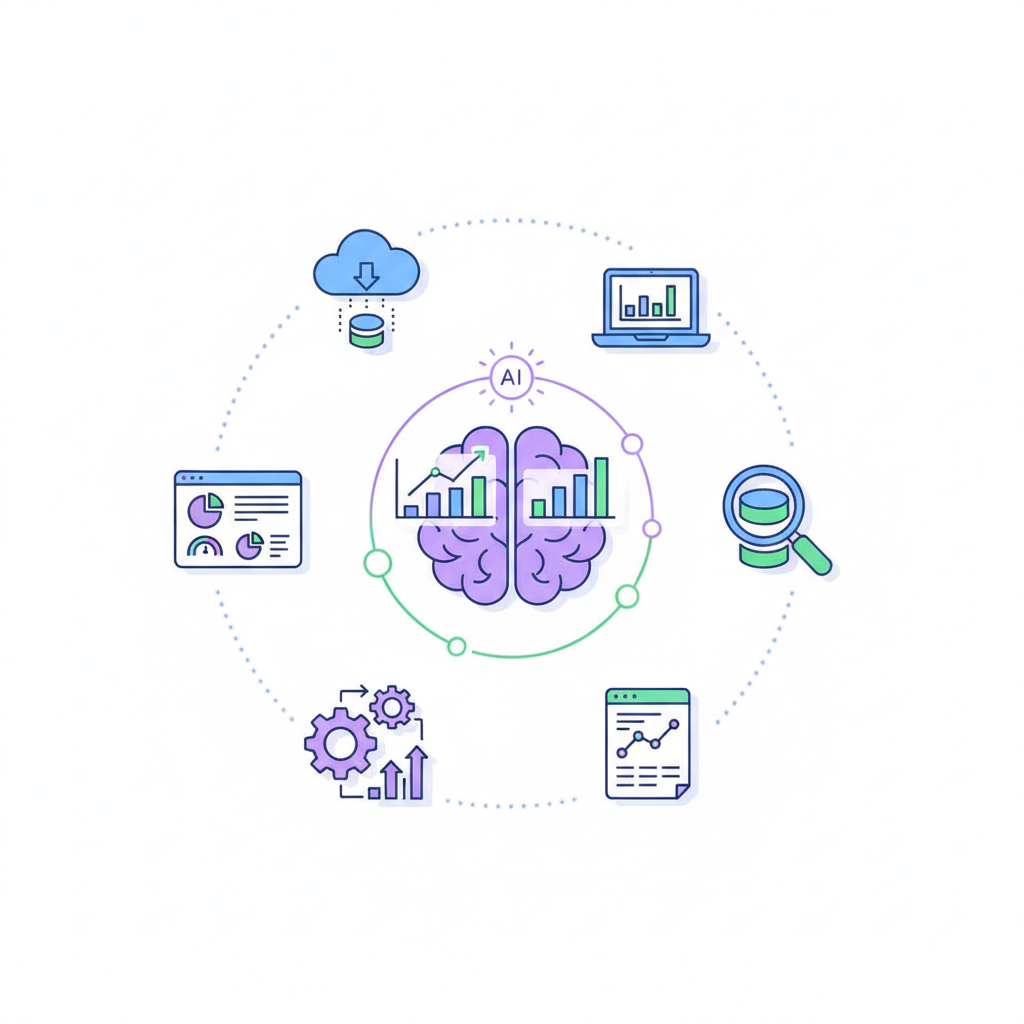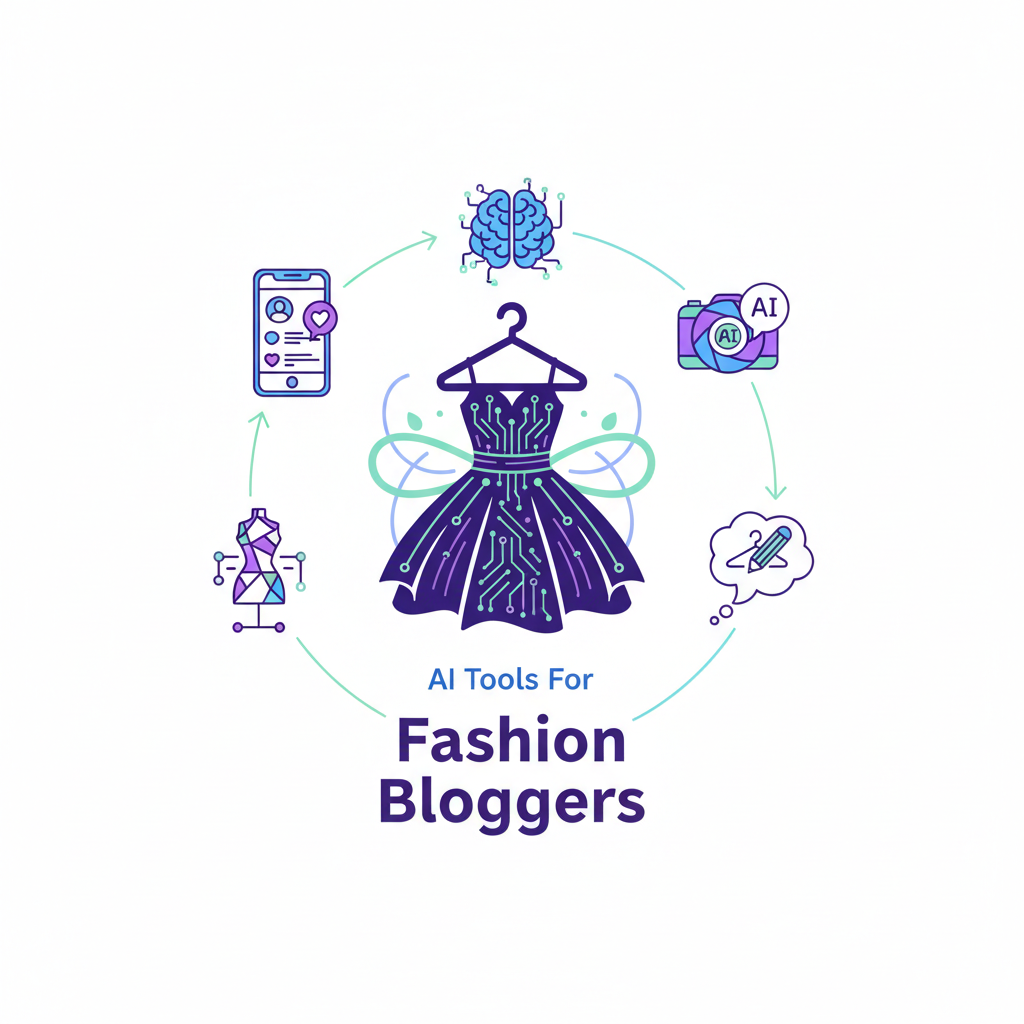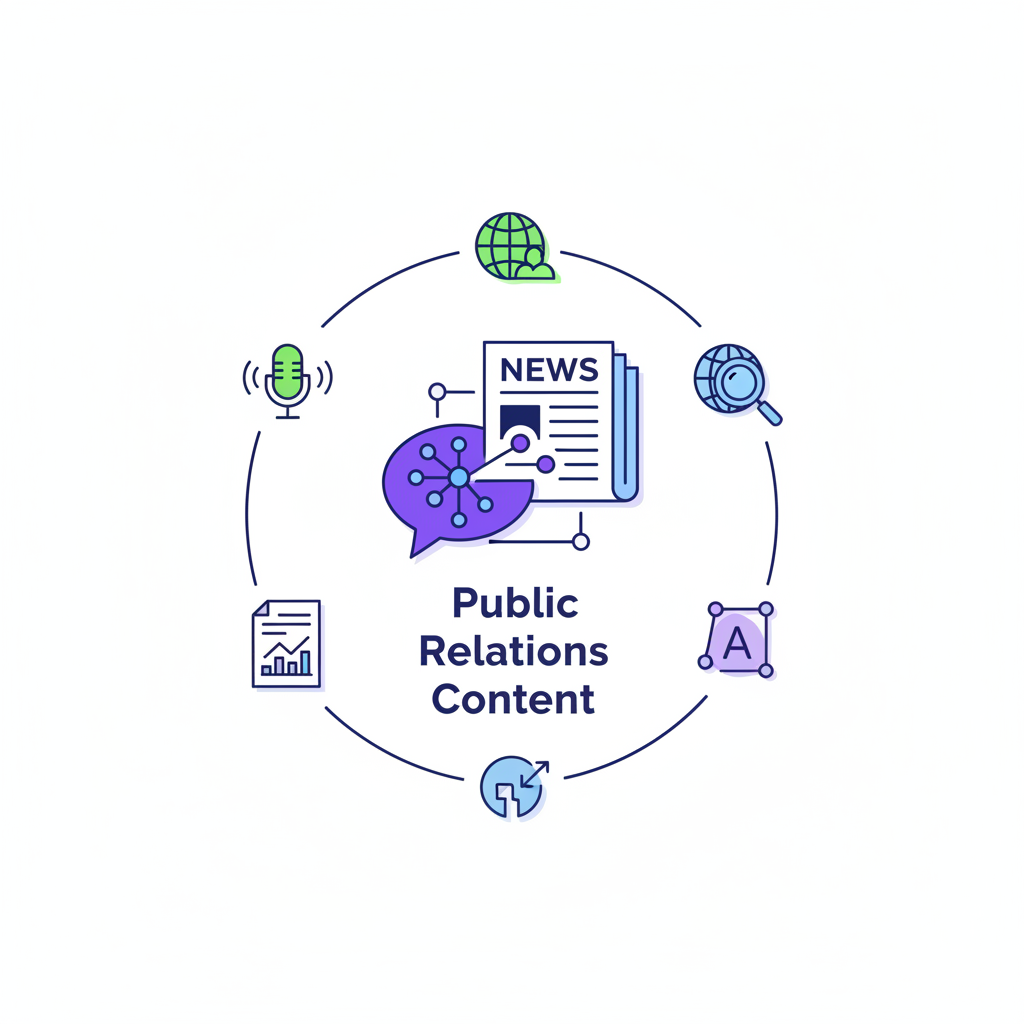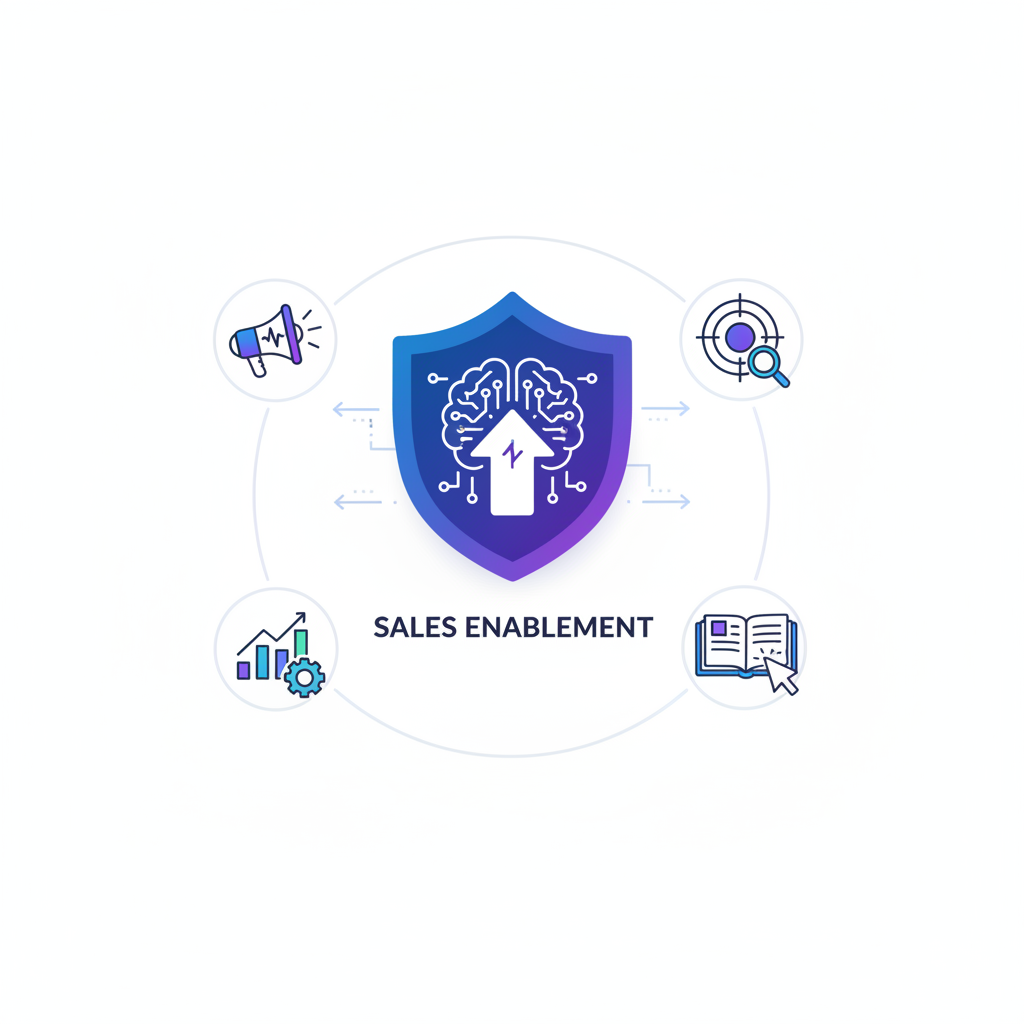Top 10 AI tools for Business Analytics
In the data-driven world, AI is transforming business analytics from descriptive reporting to predictive strategy. These AI-powered tools leverage machine learning and NLP to automatically discover hidden patterns, forecast future outcomes, and allow non-technical users to query data in plain English. The top 10 platforms, including industry leaders like Microsoft Power BI and Tableau (with Einstein), and AI-native tools like ThoughtSpot and Akkio, democratize access to powerful insights. By adopting these solutions, businesses can turn overwhelming raw data into their most valuable strategic asset, accelerating decision-making and driving competitive advantage.

Top 10 AI Tools for Business Analytics
In today's data-driven world, businesses are drowning in information but starving for wisdom. The sheer volume of data generated daily can be overwhelming, making it nearly impossible for human analysts to manually sift through it all for actionable insights. Traditional business intelligence (BI) tools helped, but they often required specialized skills and significant time to produce reports. This is where Artificial Intelligence (AI) changes the game.
AI-powered business analytics tools are revolutionizing how companies approach data. They automate complex analyses, uncover hidden patterns, and even predict future trends with startling accuracy. By leveraging machine learning and natural language processing, these platforms empower everyone, from C-suite executives to marketing managers, to ask complex questions of their data in plain English and get instant answers. This guide will explore the top 10 AI tools that are transforming business analytics, helping you turn raw data into your most valuable strategic asset.
The Role of AI in Modern Business Analytics
Before diving into the tools, it's crucial to understand what AI brings to the table. AI in business analytics isn't about replacing human analysts; it's about augmenting their capabilities. It automates the tedious, time-consuming tasks of data preparation and exploration, freeing up professionals to focus on higher-level strategy and decision-making.
Key AI functions in analytics include:
- Natural Language Processing (NLP): Allows users to query data using simple, conversational language instead of complex code.
- Predictive Analytics: Uses historical data and machine learning algorithms to forecast future outcomes, such as sales trends, customer churn, or inventory needs.
- Anomaly Detection: Automatically identifies unusual patterns or outliers in data that could signify a problem or an opportunity.
- Automated Insights: Proactively surfaces key findings and trends from datasets without requiring a user to ask the right questions first.
These capabilities make data analysis faster, more accessible, and more forward-looking than ever before.
Top 10 AI-Powered Analytics Tools
Here is our curated list of the leading AI tools that are setting new standards in the business analytics landscape. We've included a mix of established platforms with integrated AI features and newer, AI-native solutions.
1. Microsoft Power BI
Microsoft Power BI is a market leader in the BI space, and its integration of AI, particularly through Copilot, has solidified its position. It allows users to create interactive dashboards and reports from a wide range of data sources. The AI features are designed to make data exploration intuitive for all skill levels.
- Key AI Features: Q&A (natural language queries), Quick Insights (automated data analysis), Anomaly Detection, and Copilot for creating reports and DAX calculations via conversation.
- Best For: Organizations of all sizes, especially those already invested in the Microsoft ecosystem (Azure, Office 365).
2. Tableau
Tableau, now part of Salesforce, is renowned for its powerful data visualization capabilities. Its AI component, Einstein Discovery, integrates directly into Tableau dashboards to provide real-time predictions and recommendations. It helps users understand the 'why' behind the data, not just the 'what'.
- Key AI Features: Ask Data (natural language queries), Explain Data (AI-driven explanations for data points), Einstein Discovery (predictive modeling and recommendations).
- Best For: Businesses focused on deep data visualization and wanting to embed predictive analytics into their workflows.
3. ThoughtSpot
ThoughtSpot was built from the ground up as a search-driven, AI-powered analytics platform. Its core mission is to allow anyone to get granular insights from their data using a simple search interface, much like a consumer search engine. It excels at finding answers to questions you didn't even know you had.
- Key AI Features: Search-based analytics, SpotIQ (automated insight discovery), natural language search and generation.
- Best For: Enterprises looking to empower non-technical business users with self-service analytics at scale.
4. Sisense
Sisense is an embeddable analytics platform that allows companies to infuse AI-powered insights directly into their own applications and workflows. Its flexible architecture can handle complex data from multiple sources, making it a powerful tool for creating customized data experiences.
- Key AI Features: Sisense BloX (custom visualizations), NLP queries, automated anomaly detection, and predictive forecasting.
- Best For: Product teams and developers who want to embed white-labeled analytics into their customer-facing products.
5. Julius AI
Julius AI is a conversational AI tool that acts as a personal data analyst. Users can upload data files (like spreadsheets or CSVs) and interact with the AI through a chat interface. You can ask it to clean data, perform calculations, create visualizations, and run statistical analyses simply by typing requests.
- Key AI Features: Conversational data analysis, automated chart and graph generation, statistical modeling via chat commands.
- Best For: Individuals and small teams (analysts, marketers, students) who need to quickly analyze datasets without writing code.
6. Akkio
Akkio is a no-code AI platform designed to make predictive analytics accessible to everyone. It enables users to build and deploy machine learning models in minutes. You can connect your data, choose what you want to predict (e.g., lead conversion), and Akkio handles the rest, from model training to deployment.
- Key AI Features: No-code model building, automated data preparation, lead scoring, forecasting, and real-time predictions.
- Best For: Marketing and sales teams who want to leverage predictive AI for tasks like lead scoring and churn prediction without a data science team.
7. Polymer
Polymer is an AI-powered BI tool that focuses on simplicity and speed. It automatically transforms raw data into a powerful, interactive web application with no setup required. Its AI acts as a 'data relationship expert,' structuring your data and suggesting relevant visualizations to make exploration effortless.
- Key AI Features: Automated data structuring, smart visualizations, AI-powered data presentation, and an intuitive 'Present' mode.
- Best For: Small to medium-sized businesses (SMBs) and teams that need a fast, easy-to-use alternative to complex BI platforms.
8. Obviously.ai
Obviously.ai is another no-code tool that specializes in rapid predictive modeling. It allows users to run complex predictions on their data with just a few clicks. The platform is built for speed, delivering results from large datasets in under a minute, and explains its findings in natural language.
- Key AI Features: Rapid no-code predictive modeling, natural language explanations of results, 'what-if' scenario analysis.
- Best For: Businesses that need quick, reliable predictions to drive immediate decisions in areas like finance, operations, and marketing.
9. MonkeyLearn
MonkeyLearn is a no-code text analysis platform that uses AI to analyze unstructured text data like customer reviews, survey responses, and support tickets. It can automatically classify text by topic, sentiment, and intent, turning qualitative feedback into quantifiable data.
- Key AI Features: Sentiment analysis, keyword extraction, topic classification, and intent detection for unstructured text.
- Best For: Customer support, product, and marketing teams looking to extract insights from large volumes of text data.
10. ChatGPT
While not a dedicated analytics platform, the Advanced Data Analysis feature of ChatGPT (available with a Plus subscription) is an incredibly powerful tool. Users can upload datasets and ask the model to perform a wide range of analytical tasks, from data cleaning and exploration to creating complex visualizations and running statistical tests.
- Key AI Features: Natural language data querying, code generation (Python) for analysis, advanced visualization creation, and statistical analysis.
- Best For: Data-savvy individuals and analysts who want a flexible, conversational environment for ad-hoc data exploration and analysis.
Comparison of Top AI Analytics Tools
To help you choose, here is a summary table comparing the key aspects of each tool.
| Tool | Primary Use Case | Key AI Feature | Target User |
|---|---|---|---|
| Microsoft Power BI | Enterprise-wide BI and reporting | Copilot, Natural Language Q&A | Business users, analysts |
| Tableau | Advanced data visualization | Einstein Discovery (predictions) | Data analysts, BI professionals |
| ThoughtSpot | Search-driven self-service analytics | SpotIQ (automated insights) | Non-technical business users |
| Sisense | Embedded analytics in applications | Customizable AI/ML integrations | Developers, product managers |
| Julius AI | Conversational data analysis | Chat-based analysis and visualization | Individuals, small teams |
| Akkio | No-code predictive modeling | Automated ML model building | Sales and marketing teams |
| Polymer | Simplified, instant BI dashboards | AI-powered data structuring | Small to medium-sized businesses |
| Obviously.ai | Rapid 'what-if' scenario analysis | No-code predictive reports | Business decision-makers |
| MonkeyLearn | Unstructured text analysis | Sentiment and topic classification | Customer experience teams |
| ChatGPT | Ad-hoc conversational data analysis | Advanced Data Analysis via chat | Data analysts, researchers |
How to Choose the Right Tool for Your Business
Selecting the perfect AI analytics tool depends entirely on your unique needs. Before making a decision, consider the following questions:
- Who are the primary users? Are they data scientists, business analysts, or non-technical team members? Choose a tool that matches their skill level.
- What is your primary goal? Are you looking for descriptive analytics (what happened), diagnostic analytics (why it happened), or predictive analytics (what will happen)?
- What are your data sources? Ensure the tool can easily connect to the databases, cloud services, and applications you use.
- What is your budget? Solutions range from affordable subscription models for individuals to expensive enterprise-level platforms.
- Do you need to embed analytics? If you want to put data insights into your own product, look for a tool with strong embedding capabilities like Sisense.
Featured Tools

10Web is an AI-powered WordPress platform that offers automated website building, hosting, and optimization with AI assistance for content and image generation.

A global creative platform connecting businesses with freelance designers for custom graphic design projects.

Acquire.io is a customer engagement platform offering live chat, AI chatbots, co-browsing, and video chat to enhance customer support and sales.

A customer experience automation platform combining email marketing, marketing automation, and CRM with AI-powered personalization.

An AI-powered customer service automation platform that delivers personalized, instant support across various channels.
Top AI Categories
Related Articles

Top 10 AI Tools for Fashion Bloggers
Discover insights about AI tools and technology.

Top 10 AI Tools for Public Relations Content
Discover insights about AI tools and technology.

Top 10 AI Tools for Sales Enablement
Discover insights about AI tools and technology.